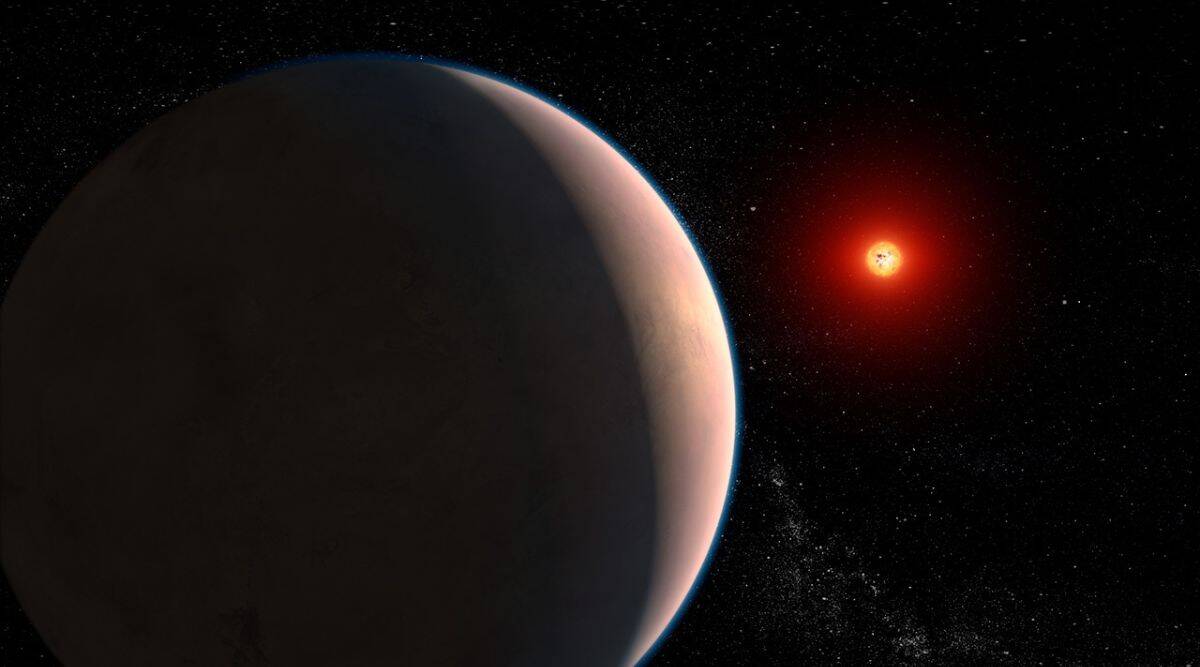A rocky world similar to Earth, the exoplanet GJ 486 b is about 30% larger and about three times as massive. It has a very tight orbit around a red dwarf star, with an Earth day’s worth of time passing in one “year” on the planet.
The James Webb Telescope appears to have discovered indications of water, but it is too close to be in the “habitable zone” for a planet.
The Space Telescope Science Institute (STScI) estimates that GJ 486 b’s surface temperature is about 430 degrees Celsius because of how closely it orbits the star. Nevertheless, Webb Telescope has discovered indications of water vapour in the planet’s system.

Credit:google
More observations will be required to determine whether the planet actually has an atmosphere or not, but it is possible that this water vapour is coming from the planet’s atmosphere.
If the planet has an atmosphere and that is where the water was found, radiation losses from the star would require constant replenishment.
Another reasonable hypothesis is that the planet’s relatively cool host star’s outermost layer is where the water vapour originates. To assist astronomers in figuring out the answer to this question, Webb Telescope will need to make further observations.
Red Dwarf Stars

Credit:google
According to Smithsonian Magazine, red dwarf stars, also known as M-dwarfs, are thought to be the most prevalent kind of star in the universe. They are not much larger in volume than a gas-giant planet and are quite small.
Additionally, they have a low mass and temperature for a star. Only about 80 times as much mass as Jupiter is contained in the tiniest red dwarfs. To put things in perspective, Jupiter is around 1,000 times as large as our Sun.
Additionally, red dwarf stars are generally colder. As a result, a planet that maintains a close orbit may just be warm enough to support liquid water. However, such stars are also quite active, particularly when they are young.
They emit radiation that may obliterate the planetary atmosphere, including ultraviolet and X-ray rays.
The Actual Reason

Credit:google
For this reason, it is crucial for astronomers to determine whether a rocky planet could sustain or even restore an atmosphere. GJ 486 b was used by researchers to find a solution to this query.
Despite not being in the habitable zone because to its proximity to its host star, Webb’s NIRSpect (Near-Infrared Spectrograph) found signs of water.
In spite of its blazing temperatures and near proximity to its star, if the water vapour discovered is present on the planet, it may indicate that it has an atmosphere.
According to STScI, water vapour had previously been found on gaseous exoplanets, but until now, astronomers have not been able to conclusively find an atmosphere surrounding a rocky exoplanet.



